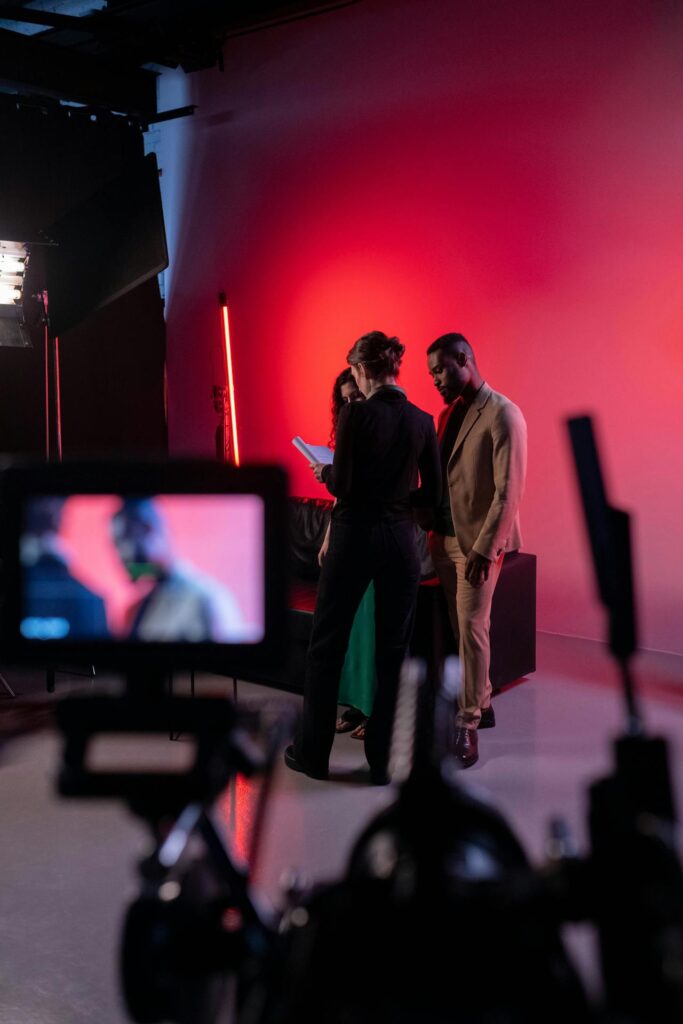Introduction: Investing in the Next Generation of Performers
The pursuit of an acting career, while deeply rewarding, often presents significant financial hurdles for aspiring talents. High tuition fees, living expenses, and the cost of essential training materials can be prohibitive, limiting access to quality arts education.Says David Guillod, in this evolving landscape, sponsorships for acting students are emerging as a vital and sustainable solution, poised to redefine the support structures within arts education and foster a more inclusive and robust creative industry.
This article will explore the critical role sponsorships can play, examining their benefits for students, institutions, and sponsors alike, and envisioning a future where artistic potential is nurtured, irrespective of socioeconomic background.
The Pressing Need for Arts Education Funding
The financial demands of intensive drama programs are substantial, encompassing not only tuition but also living costs in often expensive urban centers, headshots, showreels, and participation in vital industry showcases. For many talented individuals, these cumulative expenses represent an insurmountable barrier, forcing them to forgo opportunities or accumulate debilitating debt, which can stifle their artistic development even before their careers begin. This financial exclusion disproportionately affects students from diverse backgrounds, hindering the very inclusivity that enriches the arts.
Beyond individual aspirations, the broader societal value of arts education cannot be overstated. Training in acting develops far more than performance skills; it cultivates critical thinking, empathy, communication proficiency, and resilience, all essential attributes for a thriving society. A robust arts education sector feeds the creative economy, contributing significantly to national GDP and cultural identity. Undervaluing or underfunding this sector not only diminishes individual dreams but also impoverishes our collective cultural landscape and economic potential.
The Evolving Landscape of Sponsorship
The concept of sponsorship in education is broadening beyond traditional scholarships, reflecting a strategic shift in corporate social responsibility (CSR) and brand engagement. Modern sponsorships allow businesses and philanthropic organizations to align with specific causes, fostering a direct connection to talent development and often serving as a pipeline for future collaborators, voice artists, or communicators within various industries, not solely film and theatre. This move signifies an understanding that investing in arts education is a forward-thinking investment in human capital.
For sponsors, the benefits extend beyond altruism. Supporting acting students offers a powerful platform for enhancing public image, demonstrating commitment to community enrichment, and engaging with a passionate and creative demographic. Sponsors gain unique opportunities for direct impact reporting, access to emerging talent, and potential brand ambassadorships as students progress in their careers. This symbiotic relationship transforms charitable giving into a strategic partnership, yielding tangible returns in goodwill and future professional connections.
Models for Successful Sponsorship Programs
Effective sponsorship programs for acting students can take various forms, each offering unique advantages. Direct student sponsorship, where an individual or organization supports a specific student through their training, offers personalized impact and a clear beneficiary. Alternatively, program-level sponsorships can fund specific school productions, masterclass series, or cohort-based initiatives, benefiting a wider group of students and enhancing institutional resources. Partnerships with casting agencies or production houses can also integrate mentorship and internship opportunities, bridging the gap between education and industry.
Implementing these programs successfully requires clear structures and mutual benefits. Educational institutions must establish transparent application processes, define performance expectations for sponsored students, and provide regular updates to sponsors on the students’ progress and program impact. In return, sponsors might receive recognition in program materials, invitations to performances, or opportunities to engage with students through workshops, creating a dynamic exchange that fosters long-term relationships and accountability.
Cultivating a Win-Win Ecosystem
For acting students, sponsorships offer profound advantages, chief among them financial liberation. Relieved from the burden of tuition and living expenses, students can fully immerse themselves in their demanding training, focusing entirely on artistic growth and academic excellence. This financial stability also provides invaluable networking opportunities, mentorship from sponsors, and a significant boost in confidence, enabling them to pursue their artistic ambitions without the added pressure of juggling part-time jobs.
Educational institutions also reap substantial rewards. The ability to offer competitive sponsorships attracts a more diverse and highly talented pool of applicants, regardless of their financial background, thereby elevating the overall quality and reputation of their programs. Strong sponsorship ties also forge deeper connections with industry professionals and organizations, opening doors for student internships, collaborations, and post-graduation employment opportunities, ultimately strengthening the entire arts education ecosystem.
Challenges and Future Outlook
While the potential of sponsorships is immense, several challenges must be addressed for widespread adoption. Identifying suitable sponsors who share the vision for arts education, ensuring sustained commitment over multi-year programs, and demonstrating measurable return on investment for sponsors can be complex. Furthermore, institutions must manage the administrative overhead associated with program development, fundraising, and reporting, all while maintaining ethical guidelines to prevent undue influence on artistic curricula or student autonomy.
Despite these hurdles, the future of sponsorships for acting students appears promising. As the creative industries continue to expand globally, the demand for highly skilled and diverse performing artists will only intensify. A diversified funding model, integrating individual, corporate, and philanthropic sponsorships, offers a sustainable path forward. By fostering collaborative relationships between educational institutions, industry, and funding partners, we can collectively ensure that the next generation of actors is empowered to reach their full potential, enriching our stages, screens, and society as a whole.
Conclusion: A Collaborative Vision for Arts Education
Sponsorships for acting students represent more than just financial aid; they symbolize a powerful investment in the future of the performing arts. By alleviating financial burdens, fostering diverse talent, and strengthening the connections between education and industry, these partnerships are set to become a cornerstone of arts education support. It is through this collaborative vision, prioritizing accessibility and sustained development, that we can ensure a vibrant, equitable, and flourishing creative landscape for generations to come.
